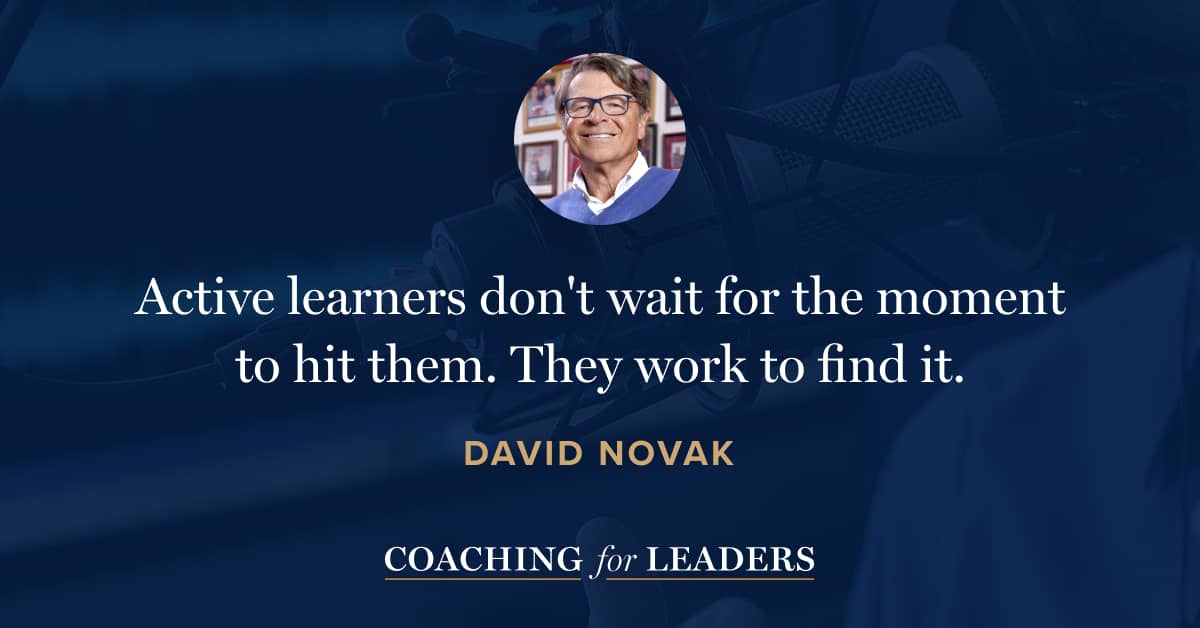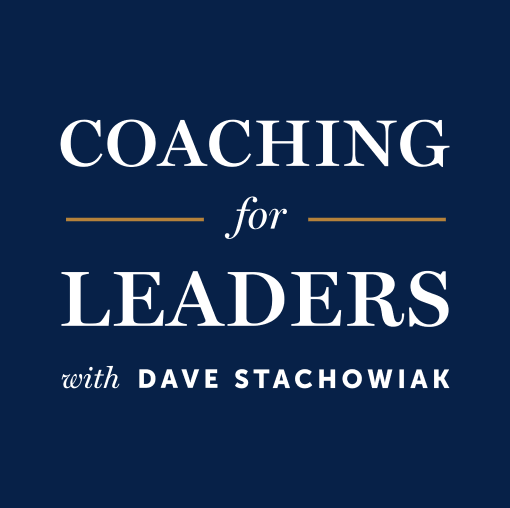David Novak: How Leaders Learn
David Novak is Co-Founder and the retired Chairman and CEO of Yum! Brands, the world’s largest restaurant company. During his tenure as CEO, Yum! Brands became a global powerhouse, growing from $4 billion in market cap to over $32 billion. After retiring in 2016, he became Founder and CEO of David Novak Leadership, dedicated to developing leaders at every stage of life. He is the author of How Leaders Learn: Master the Habits of the World's Most Successful People.
One element of powerful leadership is bringing different people and ideas together to create something entirely new. In this conversation, David and I discuss how leaders can use pattern thinking to create new value. Plus, we explore why active learning is so critical for successful leadership.
Key Points
- Pattern thinking is 1+1 = 3. Create something bigger than its parts by pairing things not related to make something new.
- Be curious about the world by being an active learner. Use books, travel, listening, and hobbies to come across insights you wouldn’t normally see.
- Active learners seek out patterns proactively in order to create something new.
Questions to ask yourself:
The last time you came up with an especially creative idea or solution, what was your inspiration? What pattern were you applying and where had you discovered it?
How much time do you spend exploring outside your usual work and life experiences? Where are you getting exposure to different disciplines or industries?
Think of a challenge you’re facing or a problem you’ve been struggling to solve? Have you looked for patterns or ideas from unusual sources yet? If not, where could you turn next?
Resources Mentioned
Interview Notes
Download my interview notes in PDF format (free membership required).
Related Episodes
- How to Solve the Toughest Problems, with Wendy Smith (episode 612)
- Better Ways to Lead Brainstorming, with Jeremy Utley (episode 630)
- Doing Better Than Zero Sum-Thinking, with Renée Mauborgne (episode 641)
Discover More
Activate your free membership for full access to the entire library of interviews since 2011, searchable by topic. To accelerate your learning, uncover more inside Coaching for Leaders Plus.





